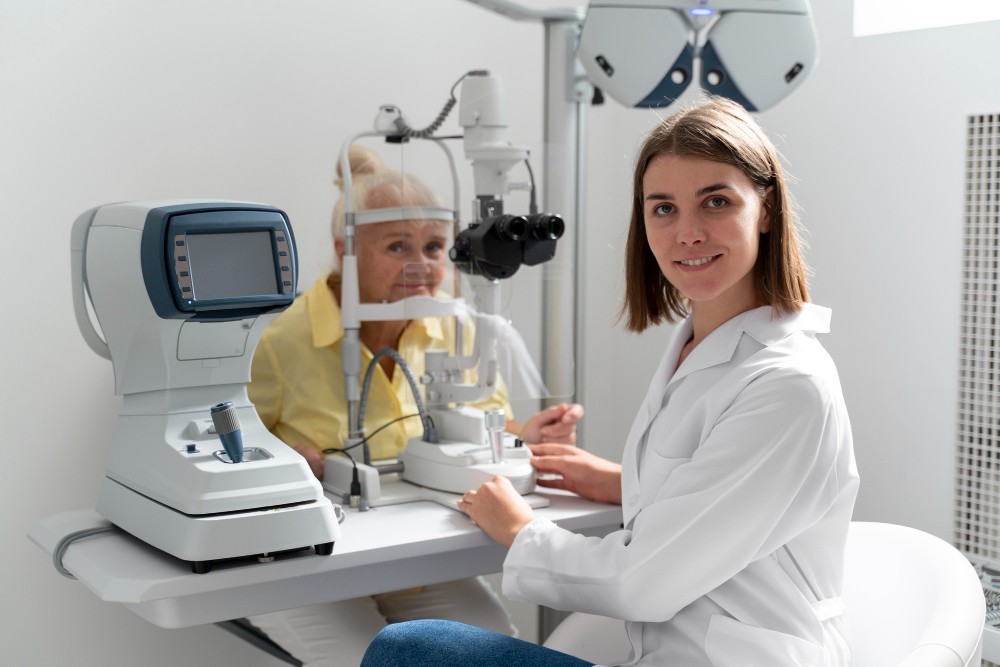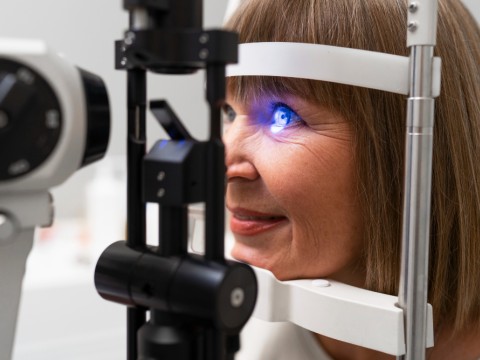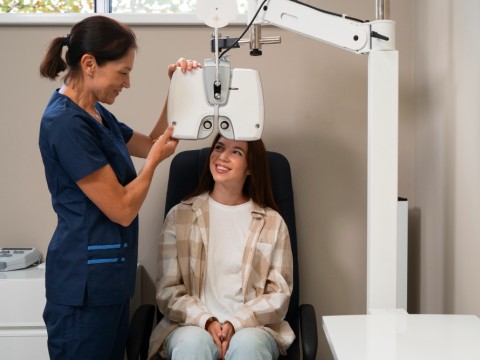Quote of Dünyagöz
Monofocal Phacoemulsification: A Technique of Cataract Surgery
Monofocal phacoemulsification, as it is more well-known, can be considered the most performed ocular surgery on a global level. It involves the use of advanced technology for the removal of a cataract-a clouding of the natural lens of the eye-and replacement with a synthetic intraocular lens. The monofocal lens is designed for clear vision at a single point, most frequently for distance.
What is Monofocal Phacoemulsification?
Monofocal phacoemulsification refers to a surgery that is minimally invasive and therefore performed under local anesthesia. A small incision is given in the eye by the operating surgeon, which prepares the cloudy lens to be broken down by ultrasound energy. Gently, it is sucked out of the eye. After extracting the cataract, one monofocal intraocular lens is implanted that replaces the normal lens. It provides a focus in one point usually, and is clear for distances; that is why the glass may also be required in some patients to read or execute other near-sight activities with maximum potential.
Benefits of Monofocal Phacoemulsification
The advantages of monofocal phacoemulsification include the effective restoration of vision by removing the cataract and replacing it with a high-quality artificial lens. It is straightforward and provides a very predictable outcome that may dramatically affect the quality of life in people with cataracts. Besides, monofocal lenses are less expensive compared to the multifocal or accommodative lenses, which is quite within the affordability of many patients.
Monofocal phacoemulsification is a very successful type of surgery, and most patients will begin to see an improvement in their vision within days. Recovery time is generally short, and most can resume normal activities in weeks.
Considerations and Aftercare
While monofocal phacoemulsification may restore the vision, limitations to a single focus mean most patients will have to continue with glasses for near vision, such as reading or operating the computer. It is important that the patient discuss their visual needs with the ophthalmologist to determine if a monofocal lens is the best option.
After surgery, patients have to follow post-operative care instructions to ensure a smooth recovery, including avoiding strenuous activity and protecting the eye from infections. Follow-up visits will be necessary to check on the healing process and the potential for complications.
Conclusion: Monofocal phacoemulsification is a safe and effective treatment for cataracts, offering improved distance vision for many patients. If carefully considered and followed up, it can help restore clarity and quality to their vision.
- Health Insurance
-
Accommodation
- Online Healthy Life Assistant 9/5
- Post - Experience Follow Up 6 Month
-
Extra Privileges
- Transfer

- Health Insurance
-
Accommodation
- Online Healthy Life Assistant 24/7
- Post - Experience Follow Up 1 Year
-
Extra Privileges
- Pre-Treatment Doctor Consultation
- Transfer

 Private
Private
- Health Insurance
- Healthy Life Butler
- Post - Experience Follow Up 2 Year
- World-Famous Doctor Consultation
-
Extra Privileges
No suitable hotel found for the relevant dates!
* Price varies depending on extra and upgrade selections.
-
Monofokal Femto (Both Eyes)SelectStarting From 4,706.00 €
-
Multifokal Fako (Both Eyes)SelectStarting From 8,235.00 €
-
Multifokal Femto (Both Eyes)SelectStarting From 9,412.00 €
-
Multifokal Toric Fako (Both Eyes)SelectStarting From 9,412.00 €
-
Multifokal Toric Femto (Both Eyes)SelectStarting From 10,588.00 €
Cataracts are a natural cloudiness that develops on the eye's lens as we age, leading to blurred vision. When traditional corrective measures fail, cataract surgery becomes essential to replace the clouded lens with a synthetic intraocular lens.
While all surgeries involve some level of risk, cataract surgery is a relatively safe procedure when performed by expert doctors. With experienced surgeons, the risks are minimal.
Cataract surgery is performed under local anesthesia, numbing only the eye area without rendering the patient unconscious. The surgeon makes a small incision on the eye surface and removes the clouded lens. Typically, an artificial lens (intraocular lens) is then placed in the position of the removed lens. Thanks to the use of modern technology, cataract surgeries are generally carried out smoothly and swiftly. Patients often experience a significant improvement in their vision after the surgery.
An IOL is a synthetic lens implanted to replicate the natural lens function.
Advanced IOLs often eliminate the need for glasses, but patients opting for traditional single-vision IOLs may need glasses for reading and computer work post-surgery.
Cataracts can indirectly cause nearsightedness or farsightedness and, in rare cases, may lead to glaucoma if left untreated.
Patients may experience minimal pressure but rarely feel pain during surgery. Anesthesia and medication ensure comfort, and the procedure typically takes around 20 minutes.
Cataracts do not redevelop after surgery, but clouding of the lens capsule may occur, requiring a capsulotomy for correction.
The femtosecond laser is a new technology used in cataract surgery. It has been successfully used in refractive surgery for 15 years and is now an important part of bladeless laser surgery for cataracts. Before the surgery, the femtosecond laser performs important maneuvers to ensure precision and safety. This technique, also called bladeless laser surgery, makes the overall surgical process easier and safer by completing certain stages beforehand. The femtosecond laser also helps mark the correct position for the lens implantation, which improves the outcome of the surgery.
The initial recovery period after cataract surgery is relatively quick, with many patients experiencing improved vision within a few days. However, complete healing and stabilization of vision may take several weeks.




